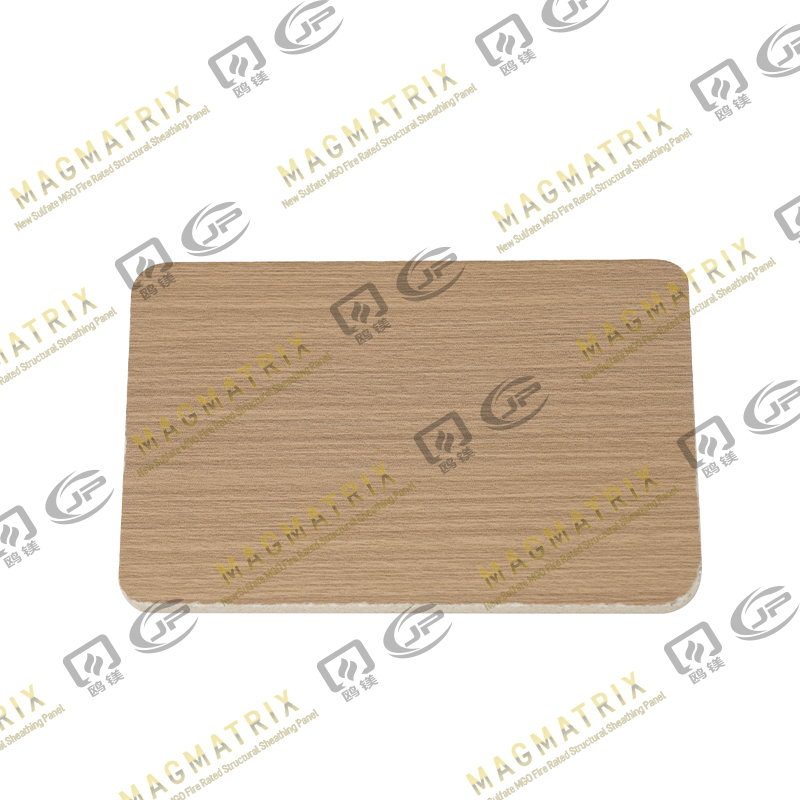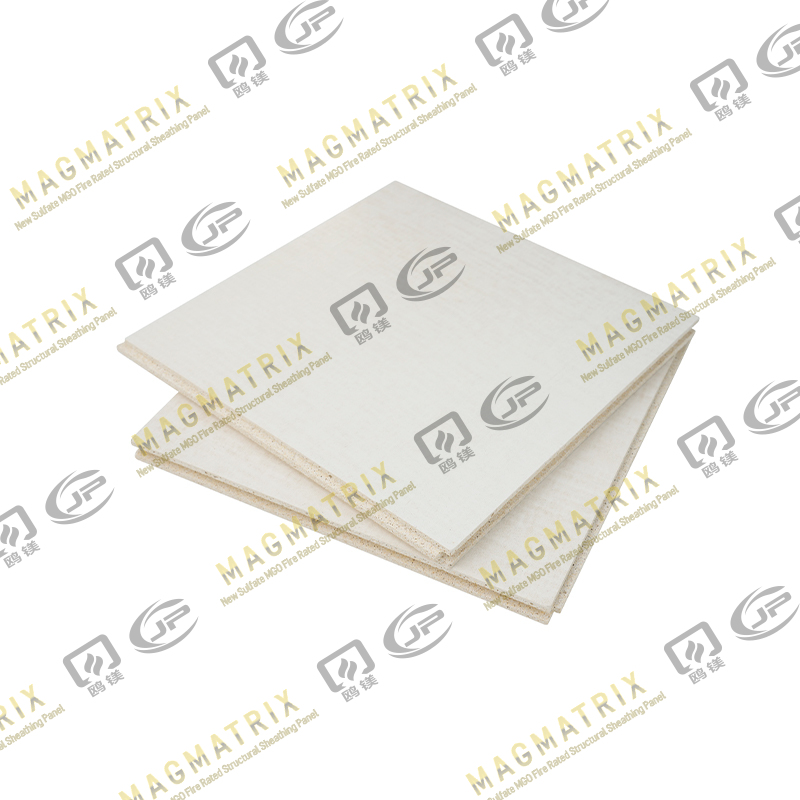Choosing the right subfloor for a basement is crucial for creating a comfortable and durable living space. While cement board is a common choice, its weight, difficult installation, and lack of thermal insulation can make it less than ideal. This article explores superior alternatives, focusing on materials like magnesium oxide board, plywood, and fiberboard. It provides a detailed comparison of these options based on key factors like moisture resistance, durability, cost, and ease of installation. We also offer practical advice on how to select the best subfloor for your specific basement conditions, including a comprehensive comparison table and answers to frequently asked questions.
Key Takeaways
MgO board is a top-tier alternative to cement board, offering superior moisture resistance, fire resistance, and a lighter weight.
Plywood is a cost-effective and relatively durable option, but it’s vulnerable to moisture and requires careful sealing and a vapor barrier.
Fiberboard panels, often with integrated moisture barriers, are an excellent choice for thermal insulation and moisture control, though they can be more expensive.
Proper vapor barriers and a level concrete slab are essential for preventing mold and moisture issues regardless of the subfloor material you choose.
Why Alternatives?
While cement board is a common choice for subflooring, it has several drawbacks that make alternatives worth considering. Its significant weight can make it difficult to transport and install, especially in a basement. The material can also be brittle, leading to cracks during handling or if the subfloor is not perfectly even. Furthermore, cement board offers minimal thermal insulation, meaning a basement floor can remain cold underfoot.
Cement Board Drawbacks
| Drawback |
Description |
| Weight |
Extremely heavy and difficult to handle, particularly in tight spaces like a basement staircase. |
| Brittleness |
Susceptible to cracking if not handled carefully or if the underlying concrete is uneven. |
| Poor Insulation |
Does not provide significant thermal insulation, contributing to cold floors. |
| Installation |
Requires specialized tools and is generally more time-consuming to install than other options. |
When to Consider Other Options
You should consider alternatives to cement board if your primary concerns are ease of installation, thermal comfort, and moisture management. For DIYers, the sheer weight of cement board can be a deal-breaker. If you want a floor that feels warmer and is more forgiving to stand on, other materials like fiberboard or MgO board are better choices. Additionally, for basements with a known history of moisture issues, a subfloor designed with integrated moisture barriers offers superior protection.
Cement Board Subfloor Alternatives
Exploring alternatives to cement board opens up options that are lighter, more moisture-resistant, and provide better insulation. Each material has its own set of advantages, making the right choice dependent on your specific needs and budget.
Fiber Board
Fiber board panels are a popular choice for basement subfloors. They often come in interlocking panels that are easy to install. These boards are excellent for providing a thermal break, which helps make the floor feel warmer. Many varieties also have an integrated moisture barrier, offering a two-in-one solution for moisture control and insulation.
Plywood
Plywood is a traditional and budget-friendly subfloor option. It’s relatively lightweight and easy to cut and install. However, plywood is highly susceptible to moisture damage and mold growth. To use it successfully in a basement, you must install a high-quality vapor barrier directly on the concrete slab and ensure the plywood is treated for moisture resistance.
Magnesium Oxide Board
Magnesium Oxide (MgO) board is a modern and highly effective alternative. It’s significantly lighter than cement board but just as durable, if not more so. Its key advantage is its exceptional moisture and mold resistance, making it ideal for below-grade applications. MgO board is also non-combustible and provides some level of thermal insulation.
Other Notable Alternatives
Other options include raised subfloor panels with built-in air gaps, which allow moisture to evaporate, and rigid foam insulation boards. These are often used in conjunction with other subfloor materials to enhance thermal insulation and moisture control.
Moisture Resistance
Moisture is the number one enemy of a basement subfloor. Concrete slabs can wick moisture from the ground, creating a damp environment where mold and mildew thrive. Choosing a subfloor material with excellent moisture resistance is essential for the longevity of your floor and the health of your home.
Best Materials for Moisture
| Material |
Moisture Resistance |
Key Feature |
| Magnesium Oxide (MgO) Board |
Excellent |
Inherently resistant to water, mold, and mildew. It doesn’t swell or delaminate when exposed to moisture. |
| Fiber Board |
Good to Excellent |
Many brands come with an integrated vapor barrier on the bottom, protecting the subfloor and the finished flooring above. |
| Plywood |
Poor |
Highly susceptible to moisture damage. Requires a separate, high-quality vapor barrier and sealing to be used successfully. |
Installation Tips
Regardless of the material you choose, proper installation is key to preventing moisture-related problems. Always start with a clean and level concrete slab. The most critical step is installing a vapor barrier. This is typically a plastic sheeting that goes directly on the concrete to block moisture from wicking up. For materials like plywood, this step is non-negotiable. With MgO board or fiber board panels with built-in barriers, this step may be redundant, but it’s always wise to follow the manufacturer’s specific instructions.
Durability
A subfloor needs to be tough enough to handle foot traffic, heavy furniture, and the general wear and tear of a living space. Durability ensures your investment lasts for years without needing costly repairs or replacements.
Long-Term Performance
Magnesium Oxide (MgO) Board: Known for its exceptional strength and stability. It resists cracking, warping, and swelling, even in fluctuating humidity levels. Its long-term performance is excellent, making it a “set it and forget it” solution.
Plywood: Can perform well in a dry basement, but its durability is compromised if it’s exposed to moisture. Warping, cupping, and rot can occur over time, leading to a damaged and uneven floor.
Fiber Board: Durable under normal conditions, but a major water event (like a flood) can cause the panels to swell and degrade. However, for everyday use and minor moisture, they hold up well.
Maintenance Needs
The best subfloors require very little maintenance once installed correctly. The goal is to create a stable, flat surface that protects the finished flooring above. For all options, the most important “maintenance” is a quick response to any significant water leaks or floods to prevent damage. A properly installed MgO board or fiberboard subfloor is virtually maintenance-free.

Cost & Installation
The total cost of a subfloor project isn’t just about the material; it also includes the price of installation, whether you do it yourself or hire a professional.
Budget-Friendly Choices
| Option |
Estimated Cost per Square Foot |
| Plywood |
$1.00 - $2.00 |
| Fiber Board |
$2.50 - $4.00 |
| Magnesium Oxide (MgO) Board |
$3.00 - $5.00 |
Note: These are general estimates and can vary widely based on location, brand, and the thickness of the material.
Plywood is typically the most budget-friendly option upfront. However, remember to factor in the cost of a separate vapor barrier and any necessary sealing. Magnesium Oxide (MgO) board and fiber board are more of an investment, but their superior performance and ease of installation can save you money in the long run by preventing moisture-related damage and reducing labor costs.
DIY vs. Professional
Plywood: A good option for experienced DIYers. It requires careful measuring, cutting, and the proper installation of a vapor barrier. The main challenge is handling the large, heavy sheets and ensuring a perfectly level and secure installation.
Magnesium Oxide (MgO) Board: Also suitable for DIYers, but its higher price point might make some homeowners prefer a professional. It’s lighter than cement board and easier to cut, but proper handling is still important to avoid damage.
Fiber Board: Often the most DIY-friendly option due to its interlocking panels, which simplify the installation process. The panels fit together like puzzle pieces, eliminating the need for extensive fastening or complex layouts.
Comparison Table
| Feature |
Magnesium Oxide (MgO) Board |
Plywood |
Fiber Board |
| Moisture Resistance |
Excellent |
Poor (requires barrier) |
Good to Excellent |
| Durability |
Excellent |
Fair (prone to warping) |
Good |
| Insulation |
Fair |
Poor |
Excellent |
| Ease of Installation |
Good |
Fair (heavy sheets) |
Excellent (interlocking) |
| Cost |
High |
Low |
Medium |
| Weight |
Low |
Medium |
Low |
| Fire Resistance |
Excellent |
Poor |
Fair |
Choosing the Right Subfloor
Selecting the right subfloor for your basement is a decision that requires careful consideration of your specific circumstances, budget, and long-term goals.
Assessing Basement Needs
Moisture Levels: Is your basement consistently damp, or has it had a history of flooding? If so, prioritize materials with excellent moisture resistance, like Magnesium Oxide (MgO) board or fiber board panels with an integrated vapor barrier. If your basement is dry and well-ventilated, plywood might be a viable, budget-friendly option.
Thermal Comfort: Do you want a warmer floor? Fiber board is an excellent insulator and will make a noticeable difference in how the floor feels underfoot. MgO board also provides some insulation, while plywood offers very little.
Budget: While plywood is the cheapest upfront, remember to factor in the cost of a high-quality vapor barrier and any potential long-term costs associated with moisture damage. Investing more in a subfloor like MgO board can save you money and headaches in the future.
DIY vs. Pro: If you plan to install the subfloor yourself, consider the ease of installation. Fiber board panels are generally the most user-friendly for DIYers, while plywood and MgO board require a bit more effort and precision.
Final Tips
Always install a vapor barrier. Even with moisture-resistant materials, a vapor barrier is an inexpensive insurance policy against future problems.
Level the concrete slab. Before installing any subfloor, ensure the concrete slab is as flat and level as possible to prevent future cracking or unevenness.
Follow manufacturer instructions. The installation guidelines for each product are designed to ensure its best performance. Don’t skip steps or take shortcuts.
FAQ
What is the best subfloor for a wet basement?
The best subfloor for a wet basement is Magnesium Oxide (MgO) board. Its inherent water resistance and inability to support mold growth make it the top choice for areas prone to moisture. Fiber board panels with an integrated vapor barrier are also a strong contender.
Can you install subfloor panels directly on concrete?
Yes, but it’s crucial to first install a vapor barrier on the concrete. This prevents moisture from wicking up into the subfloor material. Some products, like specific fiber board panels, have a built-in vapor barrier, but it’s always best to check the manufacturer’s instructions.
How do you stop mold under basement flooring?
To stop mold, you must control moisture. This involves installing a proper vapor barrier directly on the concrete slab, ensuring your subfloor material is moisture-resistant (like MgO board), and addressing any underlying leaks or drainage issues in the basement. Good ventilation also helps prevent mold growth.
Is plywood a good choice for basement subfloors?
Plywood can be a good choice for a basement subfloor only if the basement is guaranteed to be dry. It is a budget-friendly option but requires a meticulous installation of a separate vapor barrier to prevent moisture damage and mold. For any risk of dampness, other alternatives are a much safer bet.
Do you need a professional to install a basement subfloor?
Not necessarily. Many subfloor options, especially fiber board panels, are designed for DIY installation. However, hiring a professional can ensure a perfect installation, especially if the concrete slab is uneven or if you are using a material like plywood that requires careful attention to detail with the vapor barrier.
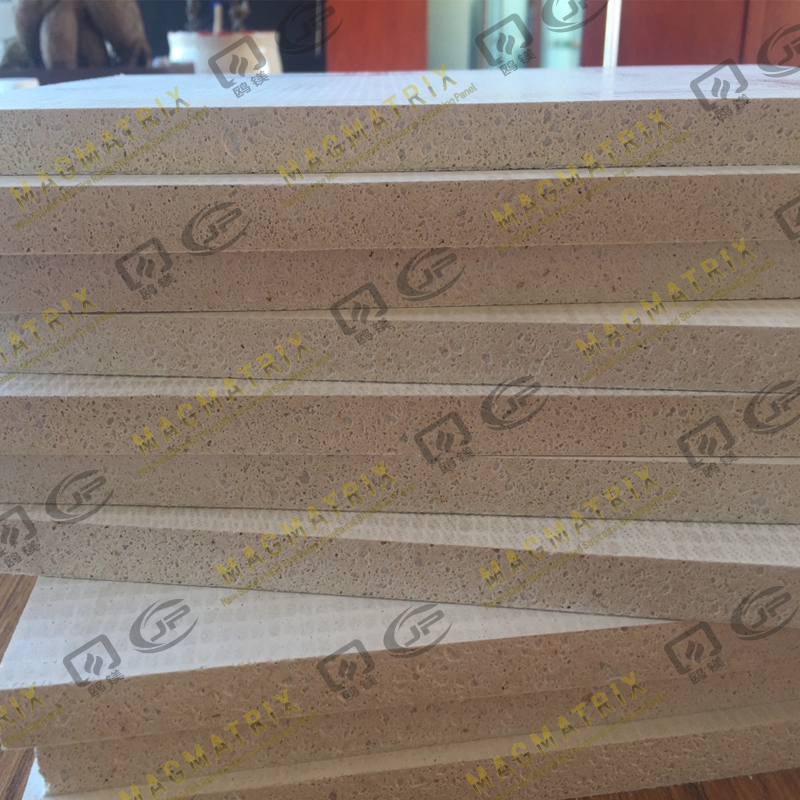 BMSC 517 New Sulfate MgO Board
BMSC 517 New Sulfate MgO Board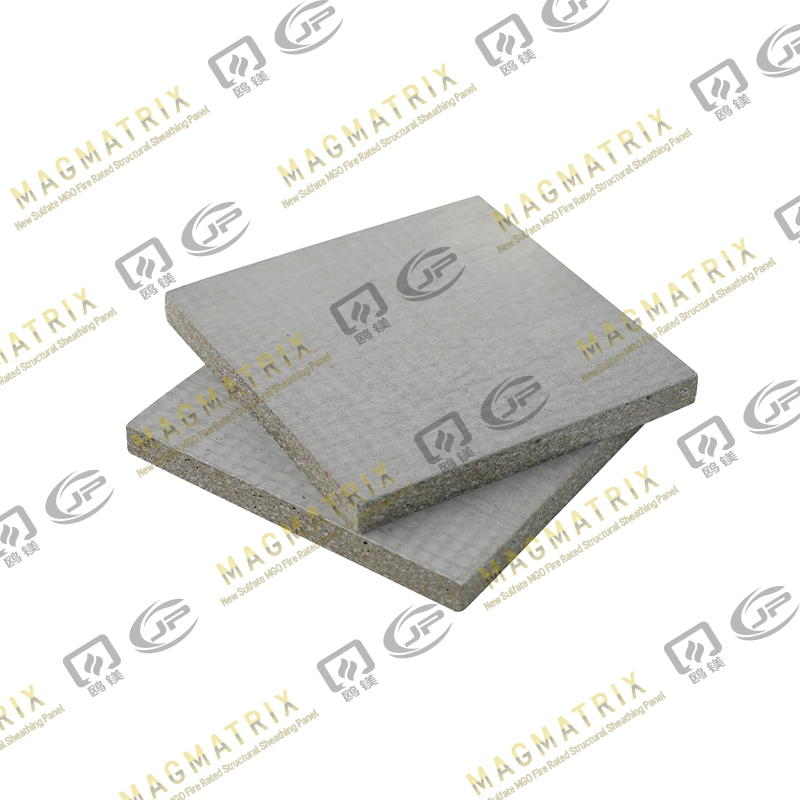 Multi-Support MgO Wall Sheathing Board
Multi-Support MgO Wall Sheathing Board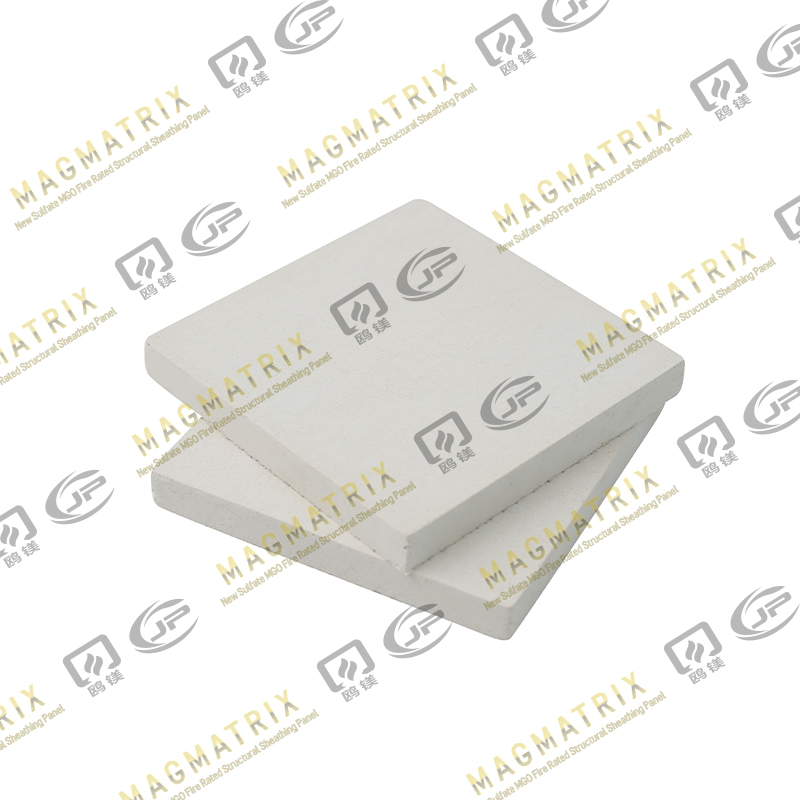 Perseverance MgO Wall Sheathing Board
Perseverance MgO Wall Sheathing Board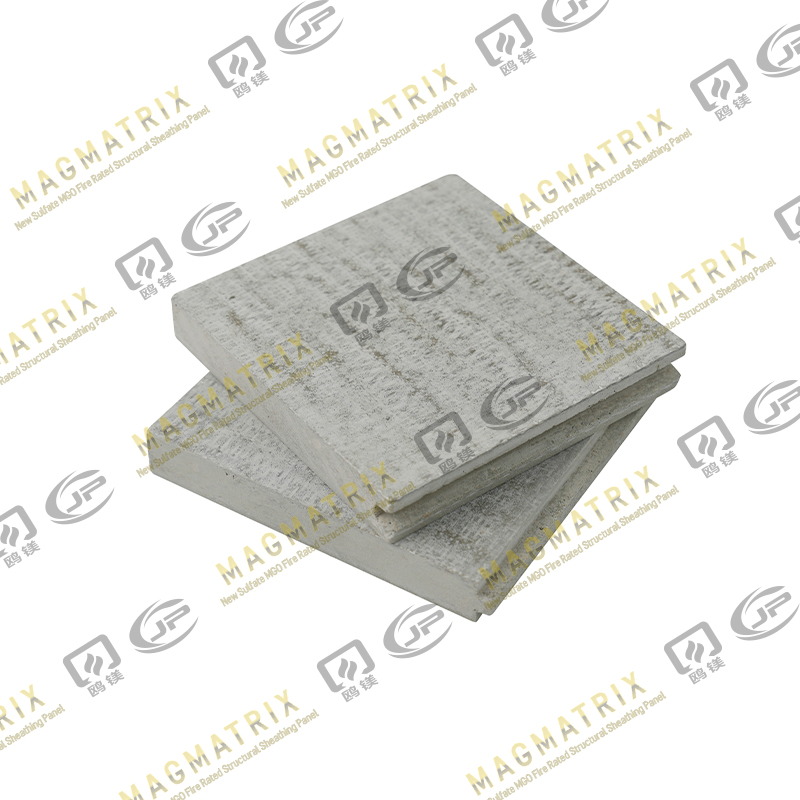 Multi-Support MgO Subfloor Sheathing Board
Multi-Support MgO Subfloor Sheathing Board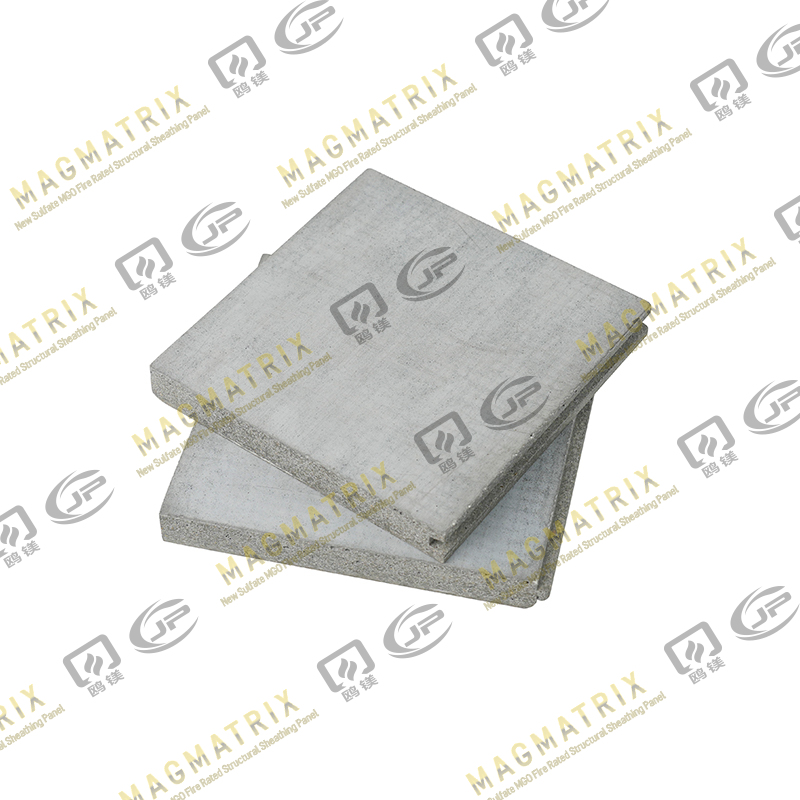 Perseverance MgO Subfloor Sheathing Board
Perseverance MgO Subfloor Sheathing Board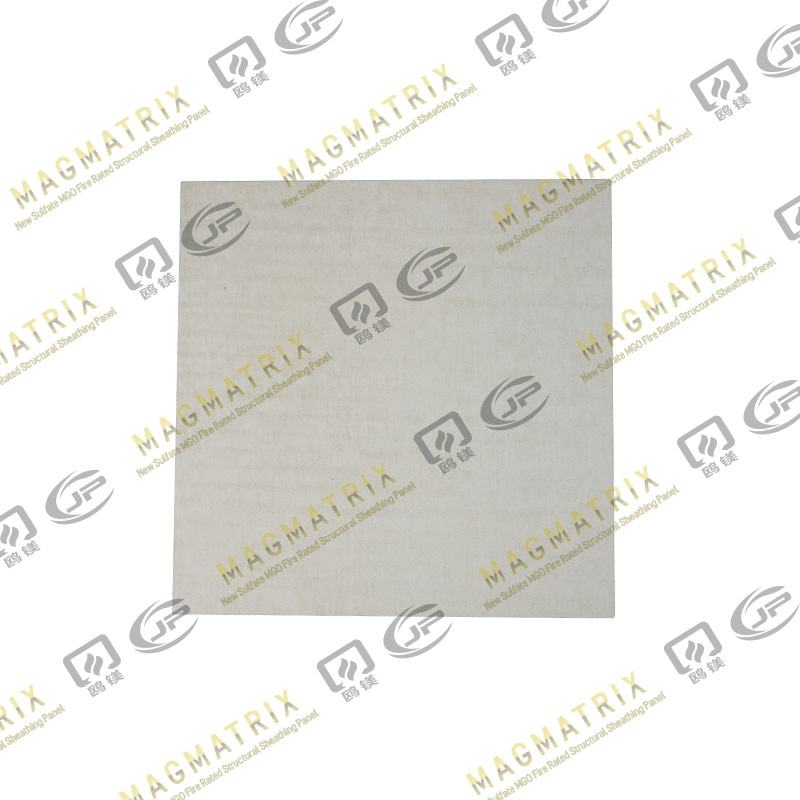 MagMatrix MgO Underlayment Panel/board
MagMatrix MgO Underlayment Panel/board


 English
English русский
русский Español
Español
